The 4Cs of Diamonds Explained Simply | Vulcan Jewellery
The 4Cs of Diamonds Explained Simply | Vulcan Jewellery
Whether you're shopping for a lab grown or natural diamond, understanding the 4Cs is key. These four characteristics - Cut, Colour, Clarity, and Carat - determine a diamond’s beauty, rarity, and price. Here’s a simple breakdown to help you choose with confidence.
💡 Need help choosing? Read our ' How to choose the perfect diamond ' guide to choosing the perfect diamond for your ring.
-
Cut ✨
Diamonds come in many shapes, but “cut” refers to how well a diamond’s proportions and angles reflect light - not the shape itself. A well-cut diamond will bend and reflect light toward the centre and back out through the top (the crown), creating maximum sparkle and fire.
The anatomy of a diamond includes the table, crown, pavilion, girdle, and culet - and how these are balanced determines how bright and lively the stone appears.
Key tip: Stick with Excellent or Very Good cut grades for maximum sparkle. At Vulcan, all of our products are set with Excellent cut diamonds only but we can use lesser cuts if desired.
💡 See diagram below for reference.
Diamond colour is graded from D (colourless) to Z (light yellow or brown). The less colour, the higher the grade — and usually the price.
-
D–F: Colourless (premium)
-
G–J: Near colourless (great value)
-
K+: Noticeable warmth (vintage style or yellow gold settings)
💡 Most Vulcan diamonds fall between D and G, striking the ideal balance of quality and value.
Diamond Grading Scale
-
D – Exceptional White+: Completely colourless. Rarest and most valuable.
-
E – Exceptional White: Almost indistinguishable from D. Extremely high quality.
-
F – Rare White+: Still colourless when viewed from the top.
-
G – Rare White: A fine alternative to top grades.
-
H – White: Slight warmth, still appears colourless face-up.
-
I – Slightly Tinted White: Great balance of appearance and value.
-
J – Slightly Tinted: Still near colourless. Often the retail cut-off point.
💡 All Vulcan diamonds are graded D to E for optimal quality and value. We can provide you with lesser colours if required.
3. Clarity 🔍
Clarity measures how clean a diamond is - free from natural inclusions (internal marks) and blemishes.
The scale runs from FL (flawless) to I (included):
-
VS1–VS2 / SI1: Eye-clean and excellent value
-
VVS1+: Premium clarity, often unnecessary for daily wear
✨ Lab grown diamonds tend to have fewer inclusions than mined especially in VS and SI grades.
💎 Curious why lab grown diamonds are often cleaner? Find out why more couples are choosing them here.
💡 All Vulcan diamonds fall between FL–VVS2, giving you clean appearance with exceptional value.
4. Carat 💎
Carat is the weight of the diamond - not the size, though they’re related. A 1ct diamond is the classic standard, but 0.70ct to 1.50ct are all popular depending on design.
-
Go slightly below key sizes with natural diamonds, going just below milestone sizes (like 0.95ct instead of 1.00ct) can offer better value. But with lab grown diamonds, the pricing is so favourable that you can choose full carat weights - like 1.00ct or even 2.00ct without compromising on quality or budget.
-
Consider the overall ring design setting, claws, and shape all affect perceived size
What Matters Most?
Each of the 4Cs impacts the diamond — but it depends on your priorities:
-
Want sparkle? Focus on Cut
-
Want size? Prioritise Carat
-
Want the best value? Balance Colour + Clarity
Our team can guide you to the perfect stone - and every Vulcan ring comes with certified grading and full transparency.
No comments

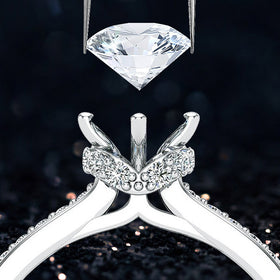
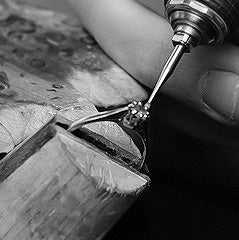
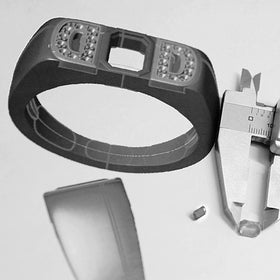
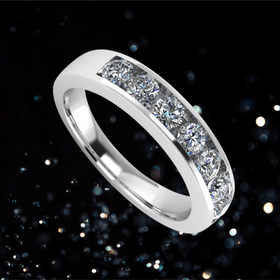
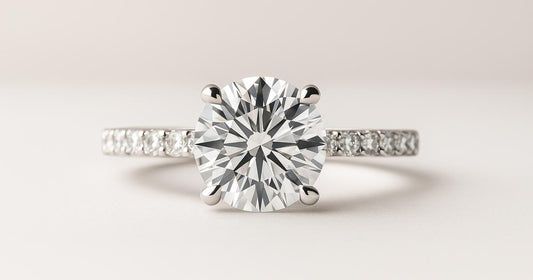
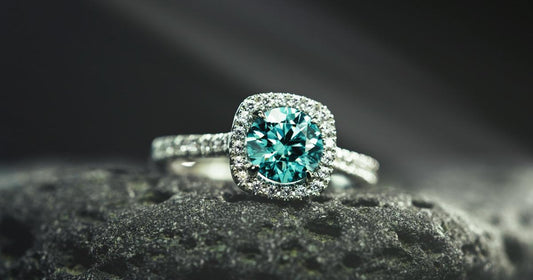
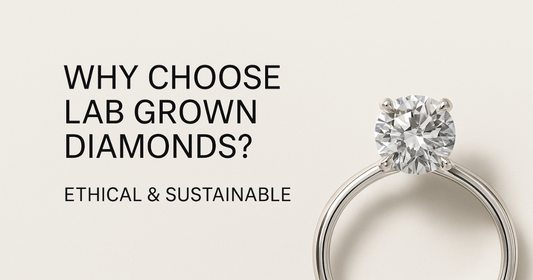
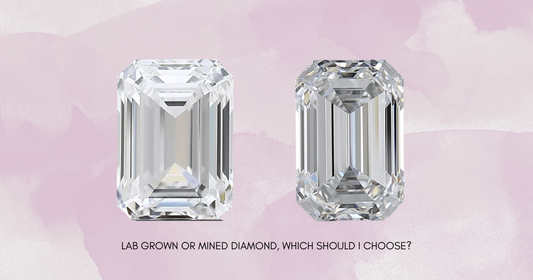






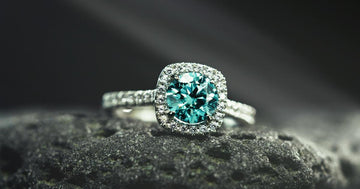
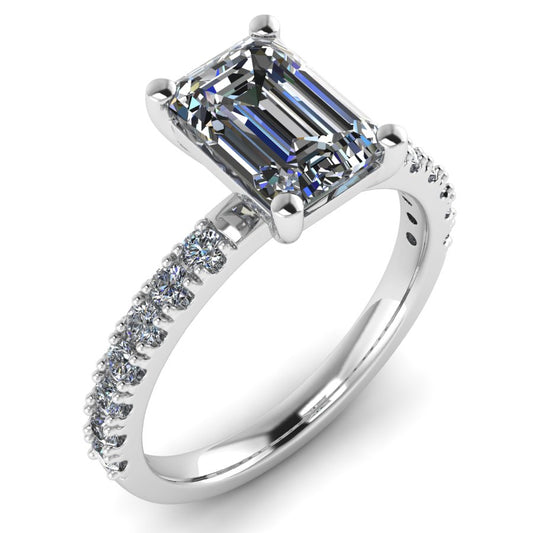
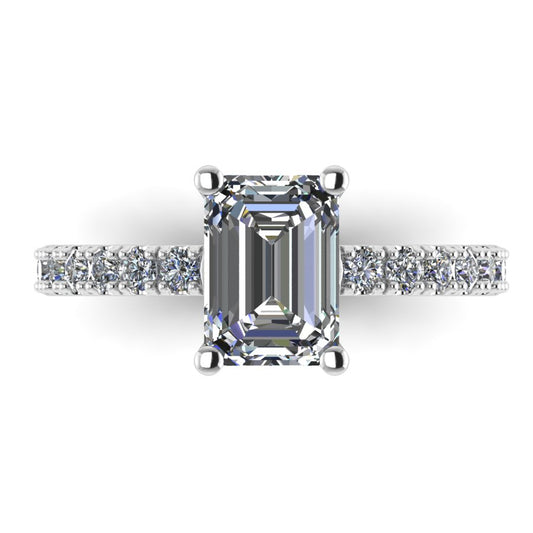
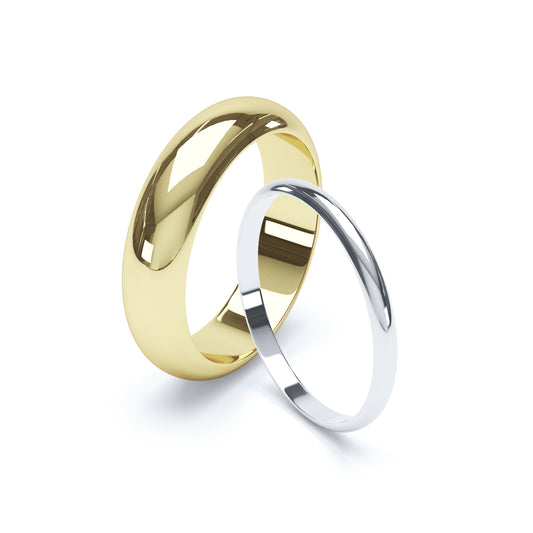
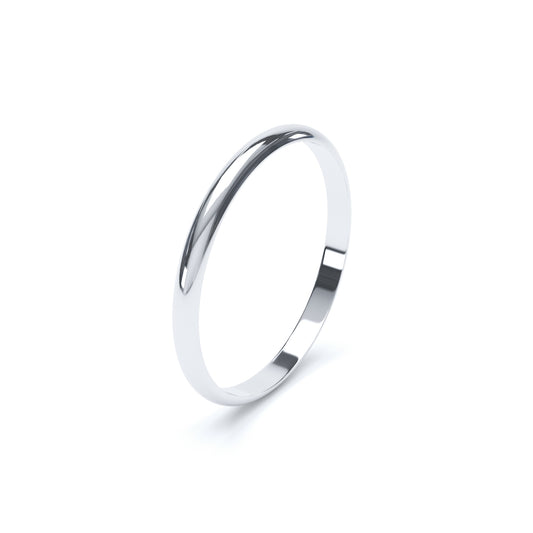
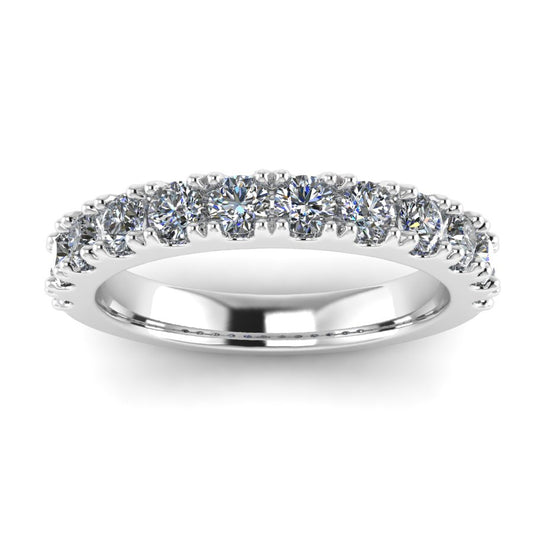
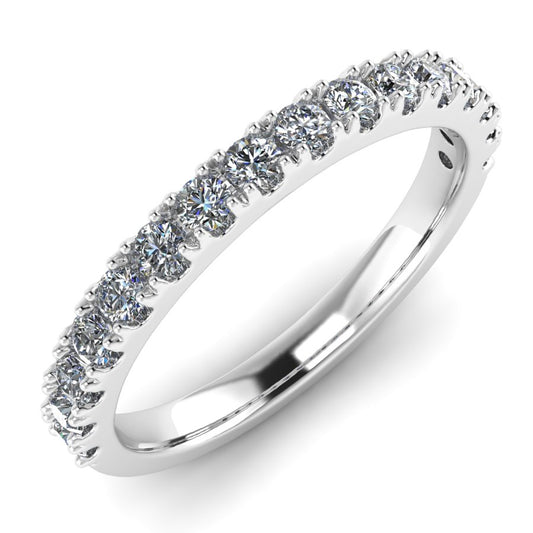
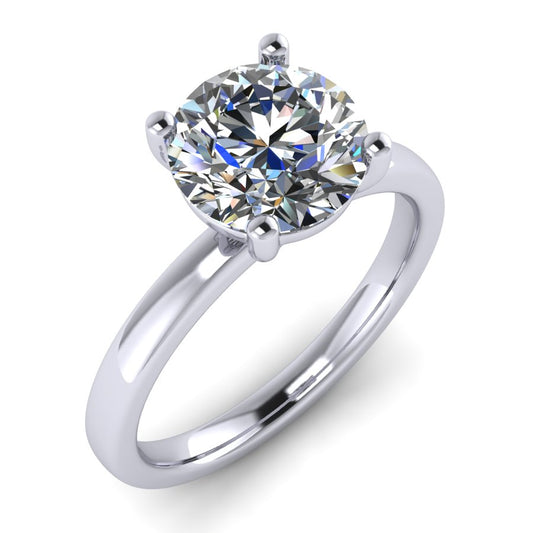
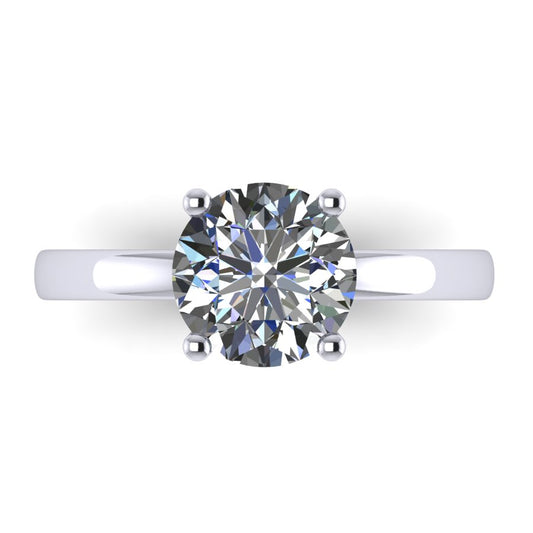
0 comments